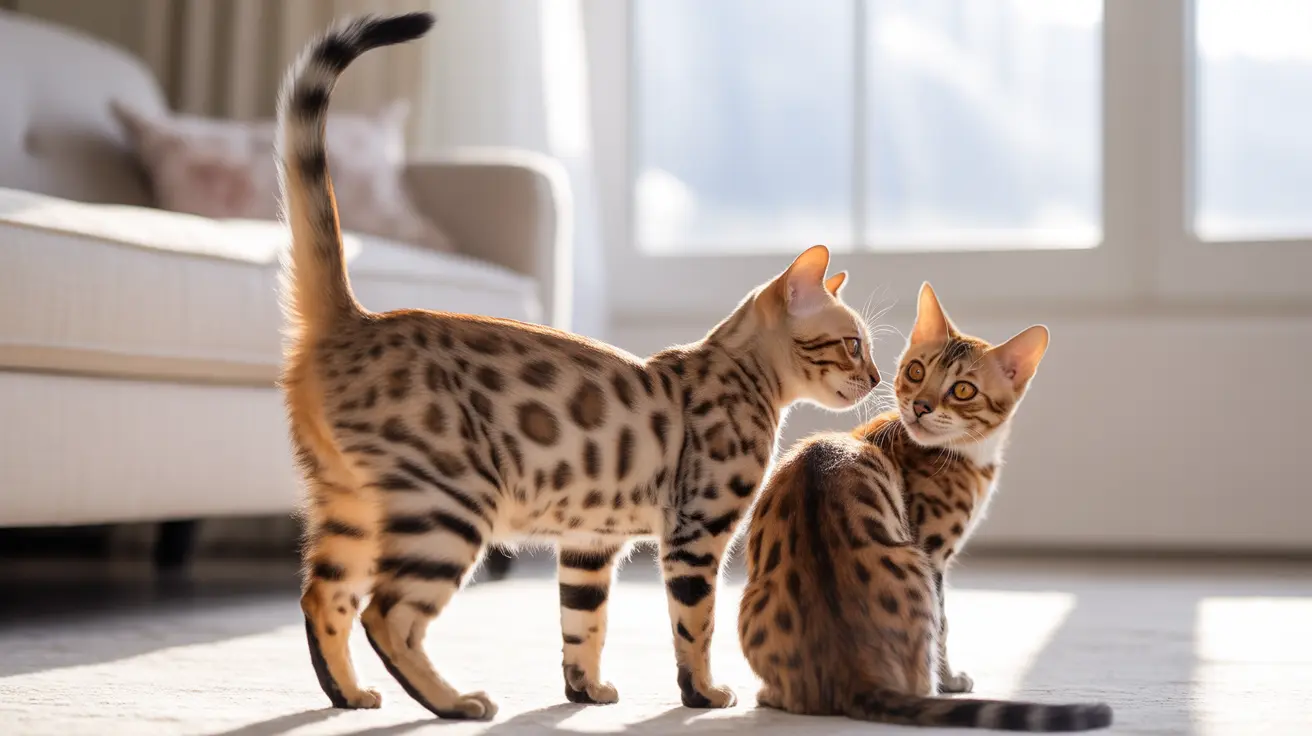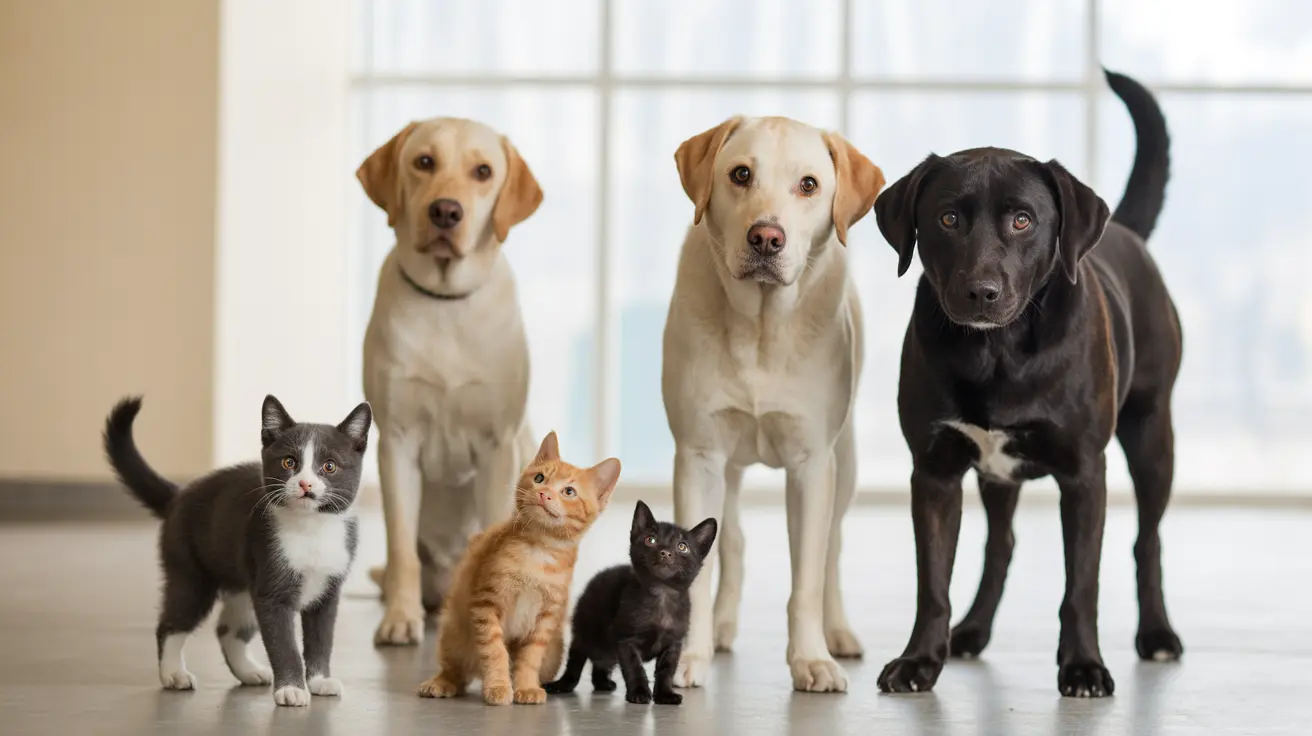If you've ever watched cats meet for the first time, you've probably noticed their peculiar greeting ritual: butt sniffing. While this behavior might seem strange or even amusing to humans, it serves as a sophisticated form of communication that's fundamental to feline social interaction. Let's explore the fascinating science behind why cats engage in this natural behavior and what they learn from it.
Think of a cat's posterior as a complex biological ID card, containing detailed information about their health, mood, and status. Through specialized scent glands and an incredible olfactory system, cats can decode this information in just a few seconds.
The Science Behind Feline Butt Sniffing
Cats possess specialized anal glands that release unique chemical markers and pheromones. These glands, located just inside the rectum, produce distinct scents that other cats can easily detect and interpret. While humans might be oblivious to these subtle odors, cats can gather extensive information from a single sniff.
What makes this possible is cats' remarkable sense of smell. With approximately 40 times more scent receptors than humans, cats are perfectly equipped for this form of communication. They also have a special organ called the vomeronasal organ (Jacobson's organ) that helps them process these complex chemical signals.
What Information Do Cats Exchange?
During a butt-sniffing encounter, cats gather several vital pieces of information:
- Sexual and reproductive status
- Current emotional state
- Overall health condition
- Individual identity
- Recent activities and diet changes
- Territorial markers
The Social Importance of Butt Sniffing
This behavior plays a crucial role in establishing and maintaining social relationships between cats. It's equivalent to a handshake or friendly introduction in human terms, helping cats determine whether they've met before and establish their social hierarchy.
In multi-cat households, regular butt sniffing helps maintain group harmony by allowing cats to keep tabs on each other's status and well-being. It's particularly important when introducing new cats to the household or when a cat returns from a vet visit.
When to Be Concerned
While butt sniffing is normal behavior, certain changes might indicate underlying issues:
- Sudden avoidance of being sniffed
- Excessive interest in another cat's rear end
- Signs of discomfort during sniffing encounters
- Aggressive reactions during what should be normal greetings
Frequently Asked Questions
Why do cats sniff each other's butts during greetings?
Cats sniff each other's butts as a way to gather important social information through scent glands located in this area. This behavior allows them to identify other cats and learn about their health, mood, and status.
What information do cats learn by sniffing another cat's anal glands?
Through anal gland secretions, cats can learn about another cat's sexual status, health condition, emotional state, and individual identity. They can also detect recent changes in diet or environment.
How do cats' anal glands contribute to their social communication?
Anal glands produce unique scent markers containing pheromones that serve as chemical signals. These glands release information about the cat's identity and status, facilitating social interaction and territorial marking.
Is it normal for cats to suddenly avoid or resist butt sniffing?
Sudden avoidance of butt sniffing might indicate stress, illness, or discomfort. If your cat suddenly becomes resistant to this normal greeting behavior, consult with your veterinarian.
Can problems with anal glands affect a cat's butt sniffing behavior?
Yes, anal gland issues can affect a cat's butt sniffing behavior. Infections, blockages, or other problems might cause discomfort and lead to changes in normal social interactions.
Understanding why cats sniff each other's butts helps us appreciate the complexity of feline communication. While it might seem strange to us, this behavior is a sophisticated way for cats to maintain social bonds and gather important information about their fellow felines. The next time you see your cats engaging in this greeting ritual, remember that they're simply following their natural instincts and participating in an essential form of feline social interaction.






